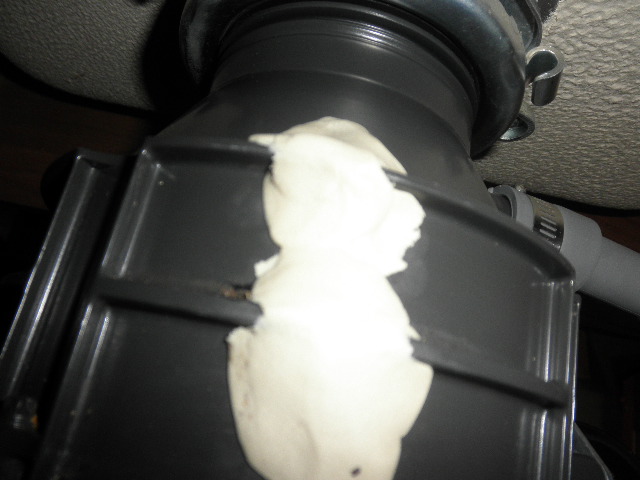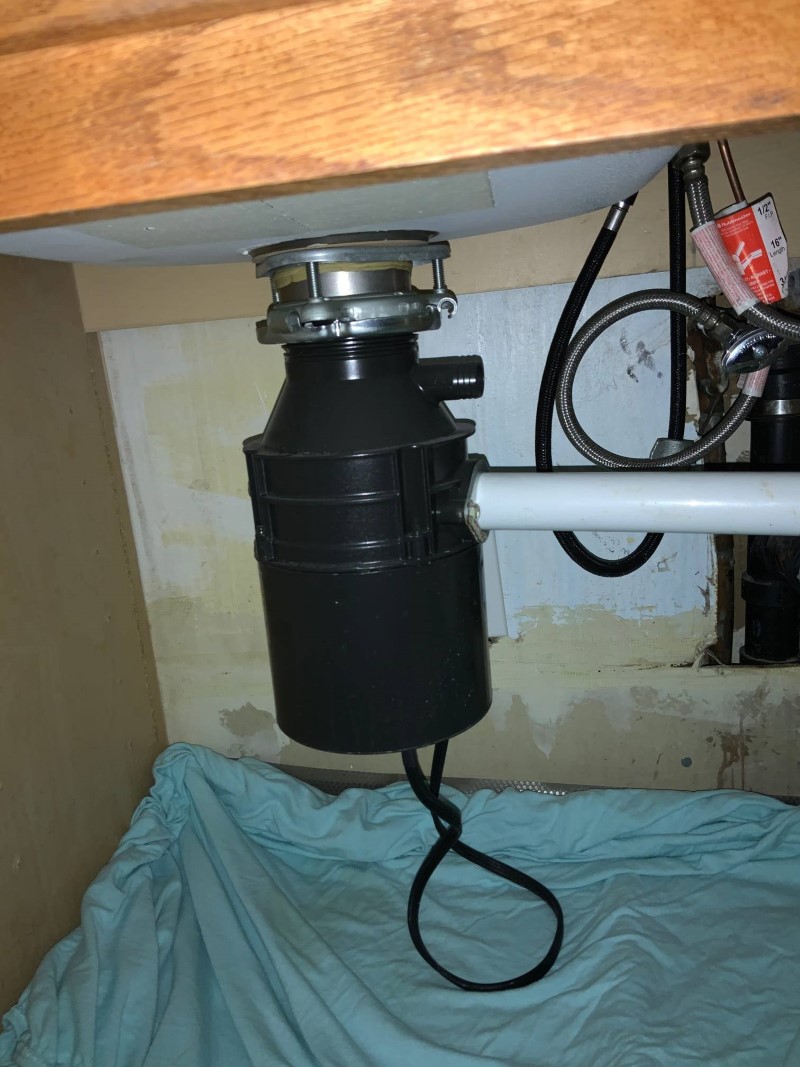Proven Ways to Fix a Leaking Waste Disposal Unit
Proven Ways to Fix a Leaking Waste Disposal Unit
Blog Article
We've stumbled on this great article involving Why Is My Garbage Disposal Leaking From the Bottom? listed below on the internet and reckoned it made perfect sense to write about it with you in this article.

Garbage disposals are necessary cooking area home appliances that help in throwing away food waste effectively. However, a dripping waste disposal unit can be an aggravating and unpleasant issue to deal with. Luckily, many leakages can be fixed conveniently with a couple of straightforward steps. In this article, we will certainly review exactly how to repair a dripping waste disposal unit properly.
Introduction
Waste disposal unit are mounted under cooking area sinks and are designed to shred food waste into smaller sized items, permitting it to pass through the plumbing system conveniently. While these gadgets are generally trustworthy, leakages can take place with time as a result of damage, loose connections, or damage to the device.
Typical Root Causes Of Leaks in Garbage Disposals
Worn Seals and Gaskets
Seals and gaskets play an important role in protecting against water from leaking out of the garbage disposal. Over time, these elements can wear away, bring about leakages around the disposal unit.
Loose Links
The links in between the garbage disposal and the pipes system can end up being loosened gradually, causing water to leak out throughout procedure.
Fractures or Openings in the Disposal Device
Physical damage to the garbage disposal, such as fractures or openings in the housing, can additionally cause leakages.
Recognizing the Resource of the Leak
Prior to trying to repair a leaking waste disposal unit, it is essential to identify the source of the leak. This can usually be done through visual assessment or by performing simple examinations.
Visual Examination
Inspect the waste disposal unit system thoroughly for any kind of indicators of water leak. Pay close attention to locations around seals, gaskets, and connection factors.
Testing for Leaks
One way to evaluate for leakages is by running water through the disposal unit and checking for any type of visible indications of leak.
Tools and Products Needed for Fixing a Dripping Garbage Disposal
Before starting the repair process, gather the required devices and materials, consisting of a screwdriver, flexible wrench, plumbing professional's putty, replacement seals or gaskets, and epoxy or patching product for repairing splits or holes.
Step-by-Step Overview to Taking Care Of a Dripping Waste Disposal Unit
Turn Off the Power
Before trying any kind of repair work, guarantee that the power to the garbage disposal system is turned off to avoid the threat of electric shock.
Situate the Leakage
Recognize the precise location of the leakage and establish the cause.
Tighten Connections
Make use of a wrench to tighten any type of loosened connections in between the disposal system and the plumbing system.
Replace Seals or Gaskets
If the leakage results from worn seals or gaskets, eliminate the old parts and change them with new ones.
Patching Fractures or Holes
For cracks or openings in the disposal unit, usage epoxy or a suitable patching material to secure the broken area.
Evaluating the Garbage Disposal After Repair Work
When the repair service is full, evaluate the waste disposal unit by running water via it to make sure that the leakage has actually been solved.
Preventive Upkeep Tips to Avoid Future Leaks
To avoid future leakages, it is vital to carry out normal maintenance on your garbage disposal. This includes maintaining it tidy, preventing placing non-food items or hard objects down the disposal, and regularly checking for leaks or various other issues.
Final thought
Finally, repairing a leaking garbage disposal is a relatively straightforward procedure that can be finished with standard tools and materials. By complying with the steps detailed in this article and practicing precautionary upkeep, you can maintain your garbage disposal in good working condition and avoid pricey fixings in the future.
What to Do About a Leaking Garbage Disposal
A leaking garbage disposal often goes unnoticed until you confront a sopping cabinet, a foul-smelling puddle, or an audible drip-drip-drip from the unit. The fix can be frustrating, too, because the leak can stem from a number of components in the system. Fortunately, with a little sleuthing, you can zero in on the leak and—depending on the exact location—stop the icky oozing and repair the component that caused it. Worst case scenario, if it turns out that the garbage disposal must be replaced, installing a new one is a reasonable do-it-yourself task for those with basic plumbing skills. Read on to keep the cash you’d otherwise hand over to a pro.
Prepare to find the leak
Prior to testing the garbage disposal for leaks, unplug it at the wall outlet and turn off the power from the breaker box to prevent electrical shock. Then insert a watertight sink stopper into your sink drain and wipe the unit dry with a clean cloth. In any handy container, mix a few drops of food coloring into a few cups of water, and pour the dyed water onto the sink stopper to help you locate the leak.
Investigate the source
the top, where the disposal meets the sink drain the side, where the dishwasher hose or main drain pipe connects to the disposal or the bottom of the unit Inspect each of these locations while gliding a light-colored rag over the unit; the dyed water will readily show on the rag and reveal the location of the leak. If a leak isn’t immediately apparent, remove the sink stopper and pour a few more cups of dyed water down the sink drain, then check for leaks again. Leaks near the top of the unit are more likely to show themselves while the sink is plugged, while side and bottom leaks are more noticeable while the sink is unplugged.
The metal sink flange that sits directly inside the sink drain is typically sealed around the top with plumber’s putty (a clay-like sealant) and then secured from under the sink with bolts. If the plumber’s putty deteriorates, or the bolts loosen, the flange can no longer form a watertight seal between the sink drain and the disposal—which could cause a leak at the top of the unit.
To reseal the leaky flange, you must first detach the garbage disposal. Start by loosening the screws securing the main drain pipe to the disposal, then loosen the screws in the metal clamp securing the dishwasher hose to the disposal and detach the drain pipe and dishwasher hose from the disposal. Loosen the screws in the mounting ring that connects the disposal to the metal mounting assembly beneath the sink, then pull down the disposal and carefully set it on a clean, dry surface. Loosen the bolts in the mounting assembly with a wrench, then pull down the mounting assembly and set it near the disposal.

I'm certainly very inquisitive about Tips on Fixing a Leaking Garbage Disposal and I am hoping you appreciated the new page. Enjoyed our write-up? Please share it. Let someone else find it. We recognize the value of reading our article about The Handy Guide To Fixing Your Garbage Disposal Leaking.
Visit Website Report this page